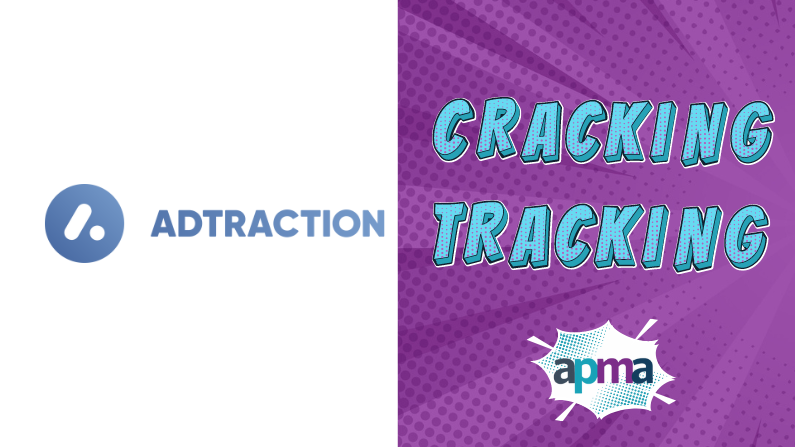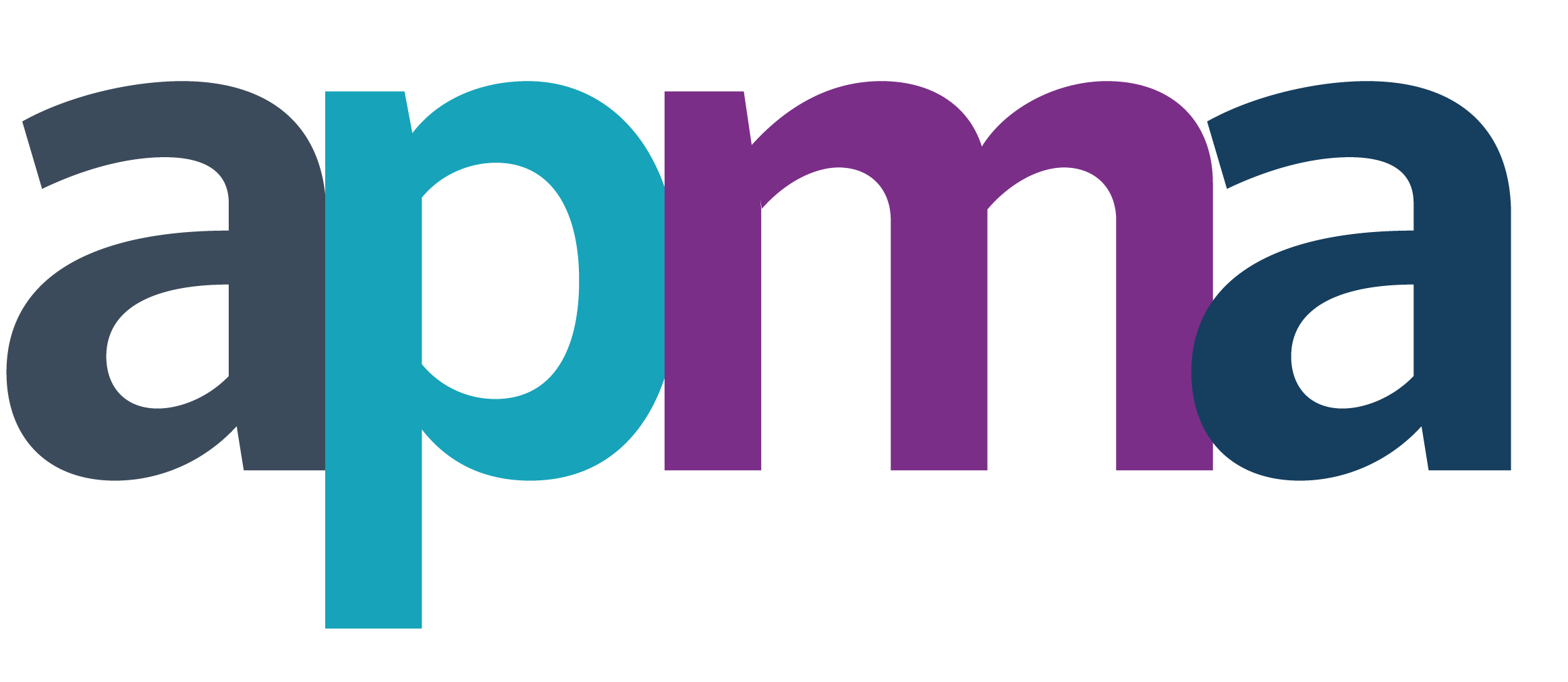
We spoke to Adtraction’s Managing Partner, Anthony Clements, for our Cracking Tracking: Network Q&A.
In one sentence, what makes your tracking so good?
Good partner tracking is about accuracy, reliability and ease of integration – we believe that our solution ticks all of these important boxes.
Now explain to me how it works as if I’m a five-year-old…
Your friend at school tells you all about this cool adventure playground they visited. You want to visit it too so you get on a bus that takes you there. When you arrive you have to pay to go in to the adventure playground. The owner of the adventure playground wants to thank your friend for telling you all about the cool adventure playground, so he asks the bus driver to take a chocolate coin back to your friend to say thank you!
How are we going to get rid of third-party cookies from the affiliate channel once and for all?
At Adtraction as standard we do not use any cookies that are set or read in a third-party context for tracking. We assume most providers in our industry now use a tracking solution supported in whole or in part by first-party cookies, which means the third-party issue is probably overstated. Third-party cookies can still be an issue when network / provider tracking is called conditionally – with that condition being the presence of a cookie set in a third-party context.
What should best-in-class tracking do?
From an advertiser perspective best-in-class tracking needs to be flexible enough to suit the advertiser’s e-commerce platform, be able to capture all the data needed for the advertiser to run successful pay-for-performance marketing partnerships and be capable of scaling based on different levels of technical input.
For partners, tracking is about visibility, reliability and accuracy. That means the tracking technology needs to be as first-party and integrated with the advertiser’s own website as possible. It should be applied unconditionally (visible for all traffic and sales) on an advertiser’s website wherever possible. The advertiser should not be in control of when or how a conversion signal is passed to the provider, as this is normally a limiting factor on tracking accuracy. Partners also crucially need to be given as much visibility as possible as to how an advertiser’s tracking is set-up, and any rules that might degrade tracking accuracy.
Consent is another vital part of best-in-class tracking. Under the current European guidance, consent for any cookies required for affiliate tracking should be gained on the advertiser’s website and where possible consent for tracking should be treated as a cookie used to underpin the measurement of partner marketing.
Tell us some of the work you’re doing to push its adoption.
Adoption of Adtraction’s go-to, first-party tracking method is actually very strong across Europe. This is a factor of being new to market in many territories as well as acquiring, migrating and reintegrating a large number of clients.
App tracking tends to get overlooked. What are you doing to make sure it doesn’t?
App tracking does get overlooked, but there are a few important reasons for that. Firstly, on a mobile device, most partners send traffic to advertisers using a standard mobile browser. The big social media Apps use embedded web-browsing experiences and do not send traffic out of their eco-systems. Very few partners have dedicated Apps (with the big cashback sites being notable exceptions), and even in those cases the vast majority of journeys seem to be sent out of the App to a website. All this means App-to-App journeys in partner marketing account for less than 5% of all overall traffic, and are of course only relevant for advertisers that have dedicated e-commerce Apps.
The launch of iOS14 and the ‘permission-to-track’ rules has degraded the ability of App-tracking to report accurately enough at a transaction level for our channel. Apple’s SKAd Network initiative relies on a probabilistic methodology which makes it unsuitable for the partner channel. All that said, Adtraction does work closely with the major in-App measurement platforms to help our advertisers track in-App conversions sent by Partners. We find working with expert in-App measurement companies the best way to implement successful App-to-App and mobile web-to-App tracking.
There’s so much confusion about tracking because every network uses different terms. Is it essentially all the same?
In general…yes. All providers are ultimately trying to achieve the same thing – a tracking solution that is accurate for partners, while being flexible and capable of being integrated by a wide variety of advertisers. Providers are also all facing the same challenges to reliable and accurate tracking, such as consent rules, Google Analytics changes, cross-channel de-duplication and browser privacy. It’s no surprise that different companies working independently have come up with similar solutions. This is where the APMA can play an important role to standardise tracking terminology across the industry.
What does the future of affiliate tracking look like?
The technology behind the industry’s tracking is very robust. The challenges it faces are largely presented by circumstances beyond our control, like the drive for cookie consent or privacy becoming a very important USP for browser manufacturers in recent years. These issues are also driven by concerns about marketing tactics like aggressive retargeting, which are not directly relevant to the partner channel. The future will hopefully bring a better way of identifying marketing methods that are genuinely privacy invasive, which will allow partner channel tracking to be treated as a necessary measurement function. Initiatives like Open Banking may also play a more fundamental part in partner tracking of the future than they do right now.
Thank you to Ant, if you have any questions or would like to get in touch, please email him.


